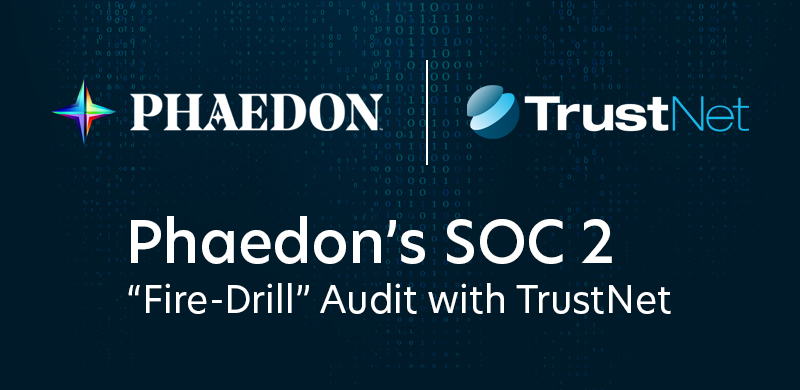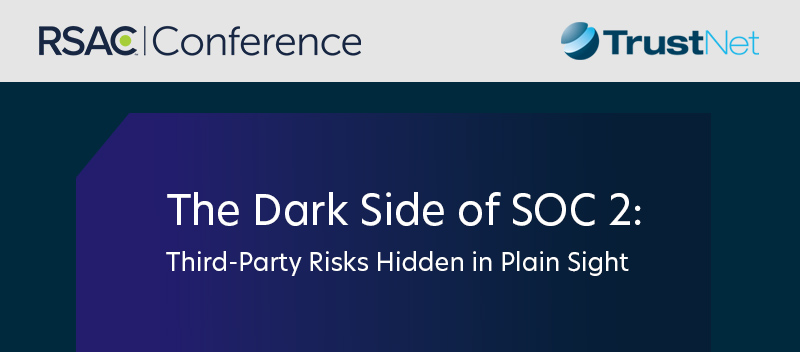
Your organization has a responsibility to all internal and external stakeholders to protect your network systems and infrastructure against threats of every type. Like all businesses, you run risks that stem from system weaknesses, human error and malicious attack. Understanding the relationship between cybersecurity and risk management should be one of the first steps you take in creating or enhancing your overall cybersecurity posture.
Cybersecurity and Risk Management Explained
Regardless of how large or small, every enterprise possesses information and resources that it must protect. This might include software, hardware, equipment, technology, accounting and payroll data and sensitive customer information. Cybersecurity is the web of automated systems, procedures and protocols and training designed to safeguard assets from attack or compromise. If cybersecurity is the means, then risk management is the end since its goal is to minimize as much as possible the chances that organizations will suffer a critical loss.
Setting up a Cyber Security Risk Management Strategy
Because each company has its own unique set of needs and priorities, your cybersecurity risk management plan should be customized to fit your own structure and specifications.
Nevertheless, all businesses must go through a similar process as they prepare to institute their IT security risk management plan:
- Identify and prioritize the assets you need to protect. Carefully consider factors such as the industry in which you operate and any unique vulnerabilities it might present as well as what compliance standards you are expected to meet in your particular sector. After conducting this informal assessment, it is time for you and your team to design an effective plan that includes a diverse suite of solutions and approaches.
- Use automated technology to map all data that circulates throughout your business systems. By thoroughly tracking the whereabouts and movement of information, you can discover potential vulnerabilities and points where leaks are likely to occur. The Capability Management model is an effective approach that may help you to structure your cybersecurity and risk management infrastructure. It consists of the following steps:
- The process is new and disorganized;
- Stakeholders begin to document processes so that they can be replicated;
- The process is defined and becomes the standard protocol;
- Management tools and procedures are employed to ensure that the process continues to meet its prescribed goals;
- Improvements are made as warranted.
Once needs and risks are prioritized, you and your team can devise a comprehensive plan to protect the most critical first, gradually expanding your strategy to encompass your entire infrastructure against threats and breaches. At this point, you should come up with quantitative, incremental goals accompanied by a realistic time frame for their attainment.
Mitigation Solutions
No cybersecurity and risk management framework is complete without taking cybersecurity precautions to protect your assets. Just some of your options in this area include the following:
- Putting network access controls in place
- Limiting the devices that are allowed to log into your network both from internal staff and third-party vendors
- Setting up and enforcing protocols to ensure that all software is regularly upgraded and patched. Automated software can be helpful in this regard
- Restricting administrative privileges strictly to those who need them and revoking them as soon as responsibilities or employment status change
- Installing firewalls, anti-virus protection and endpoint security
- Using recent innovations such as two-factor authentication, standards-based cryptography, advanced key management and granular role-based access to protect information from attack
- Enhancing the security of data sharing by redacting sensitive information
- Thoroughly training all staff regarding your network risk management plan, conducting reviews and updates on a regular basis.
While none of these solutions is foolproof, implementing as many of them as possible can place your company in a strong position when it comes to your network’s protection against threats.
Be Prepared with Incident Response Guidelines
If your systems are compromised due to attack, you need to have an incident response plan in place. It should detail what to do in this situation including what stakeholders and law enforcement personnel should be contacted, an action plan that can be implemented quickly and your public relations response. Planning ahead when it comes to these areas is essential because you will have no time to establish this set of procedures in the heat of a cybersecurity event.
Because even the most airtight systems are not error-proof and because cyber criminals are constantly modifying their attack vectors to prey on vulnerabilities, your network risk management strategy must be both strong and dynamic. In order to make that happen, everyone in your organization, from the executive suite to the mail room, must take security seriously and incorporate it into their daily activities.
Management and all members of the IT infrastructure must implement the technology, protocols and training that is essential in order for universal buy-in to occur. Once it does, all stakeholders can rest easier knowing that all reasonable precautions have been taken.




